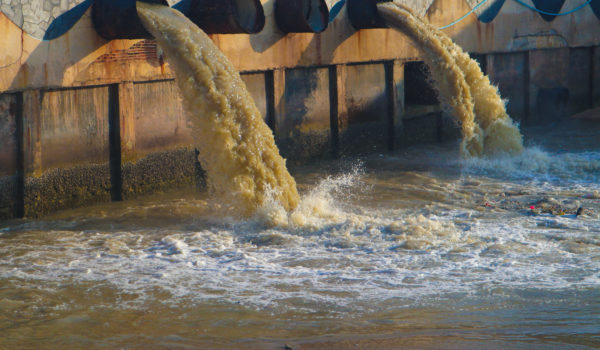On April 25, 2024, U.S. EPA finalized a Clean Water Act regulation to revise the technology-based effluent limitations guidelines and standards (ELGs) for a subset of steam-generating electric power plants that burn coal. ELGs are industry-specific, national wastewater discharge standards that are included in National Pollutant Discharge Elimination System (NPDES) permits issued by states and U.S. EPA regional offices.
In the rule’s preamble, U.S. EPA identifies the need to address potential PFAS-containing power plant wastewater discharges, though it acknowledges that the steam electric power sector has not been identified by the Agency as one of the top PFAS dischargers. Nevertheless, U.S. EPA indicates PFAS may be a concern in a power plant’s discharge, citing in support a study that identified PFAS in the discharge of eight Wisconsin power plants and the potential for power plants to use PFAS-containing firefighting foam. As such, U.S. EPA urges states to consider including PFAS monitoring and best management practices as requirements in NPDES permits for certain power plants.
While this marks the first time U.S. EPA has addressed PFAS within an ELG, it will most certainly not be the last. As outlined in its 2021 PFAS Strategic Roadmap document, U.S. EPA is committed to researching, restricting and remediating PFAS in the environment, specifically noting an intent to restrict PFAS discharges from industrial sources through the use of ELGs and NPDES permit program.
Importantly, U.S. EPA’s Effluent Guidelines Program Plan 15 outlines a number of actions to be taken to evaluate the extent and nature of PFAS discharges from multiple other industrial categories by way of studies and development of additional ELGs. For instance, U.S. EPA has already determined that revisions to the Landfill ELG is warranted due to PFAS-containing leachate, with revised ELGs for the Metal Finishing and Electroplating Category and Organic Chemicals, Plastics and Synthetic Fibers Category likely forthcoming in the future as well. U.S. EPA is also implementing several studies under the Effluent Guidelines Program Plan 15 to determine the extent and nature of PFAS discharges, including a study of dischargers in the Textile Mills Category, as well as a nationwide study of Publicly Owned Treatment Works influent (as discussed in our prior client advisory).
Frost Brown Todd’s Environmental Practice Group continues to monitor and advise on PFAS-related regulatory actions as they develop. If you have any questions about this final rule or other PFAS-related regulatory actions, please contact the authors or any member of Frost Brown Todd’s Environmental Practice Group.
Want more PFAS coverage?
Explore the articles below tracing the EPA’s evolving position and enforcement agenda for these “forever chemicals.”
- Seven More PFAS Added to Toxic Release Inventory (TRI) Reporting by U.S. EPA
- Congress Following States’ Lead to Phase Out PFAS
- PFOA and PFOS Are “Hazardous Substances” Under CERCLA: Key Takeaways and Questions for Real Estate Transactions
- Local Sewer Authorities and Biosolids Management Companies Need to Work Together
- U.S. EPA’s Upcoming Information “Request” for PFAS Information and Potential Sampling Warrants Careful Review and Consultation with Legal Counsel
- U.S. EPA Surges Forward with Its “PFAS Strategic Roadmap” in the First Quarter, Changing the Scope of PFAS Regulation in Several Ways
- U.S. EPA Issues “Game Changing” Listing of PFOA and PFOS Under CERCLA
- U.S. EPA Finalizes Drinking Water Limits for PFAS

